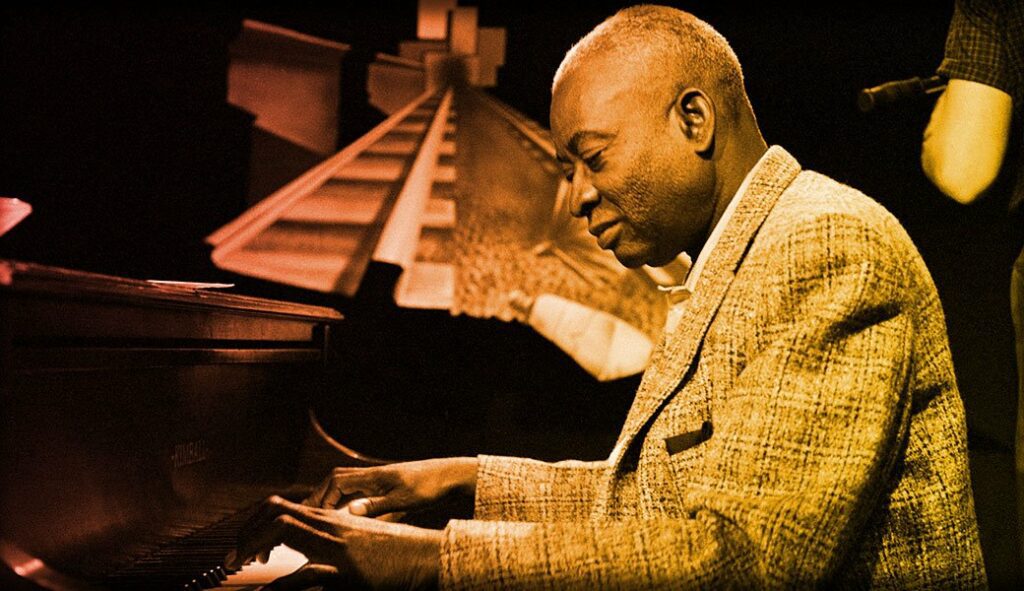The roots of Black gospel music can be traced to the hymns of the early 19th century. In America, Christianity Is more than just faith, selling thousands of dollars in music, books, and service.
1920s
Traditional gospel consists of Sacred music Popularized through harmonies and religious expressions and can even be seen displaying elements of the negro spiritual. In the 1920s, Thomas Dorsey created his first gospel song, later receiving the title of “Father of African American gospel music.” The rural style of traditional Gospel music was publicized in the mid-20s, with many Blues performers performing this style with guitars under stage names.

1930s
In the 1930s, Thomas Dorsey wrote the song “Take my hand precious Lord,” introducing a slower stylistic version of gospel incorporating jazz and traditional gospel elements. These stylings also influenced other religious musical styles, popularizing groups like male quartets such as the Golden Gate Quartet with jubilee style and playful syncopation.

40s & 50s
The 1940s & 50s were known as the “golden age” of gospel as melodies within gospel songs became more chromatic and discontinuous, striking the spiritual emotion of its audience. The new stylings introduced in the 30s played an essential role in advancing gospel music. Repeated phrases, background vocals, and ad-libs kept the songs diatonic, interrupted by the hard gospel melodies That we’re now in style.
Also, during this time, many female singers began to reach stardom. Artists like Mahalia Jackson and Roberta Martin pioneered the drive among other female artists to expand and become full-time artists if they desired. Jackson’s deep, soulful voice brought significant attention to the gospel music genre, labeling her the queen of gospel music.


